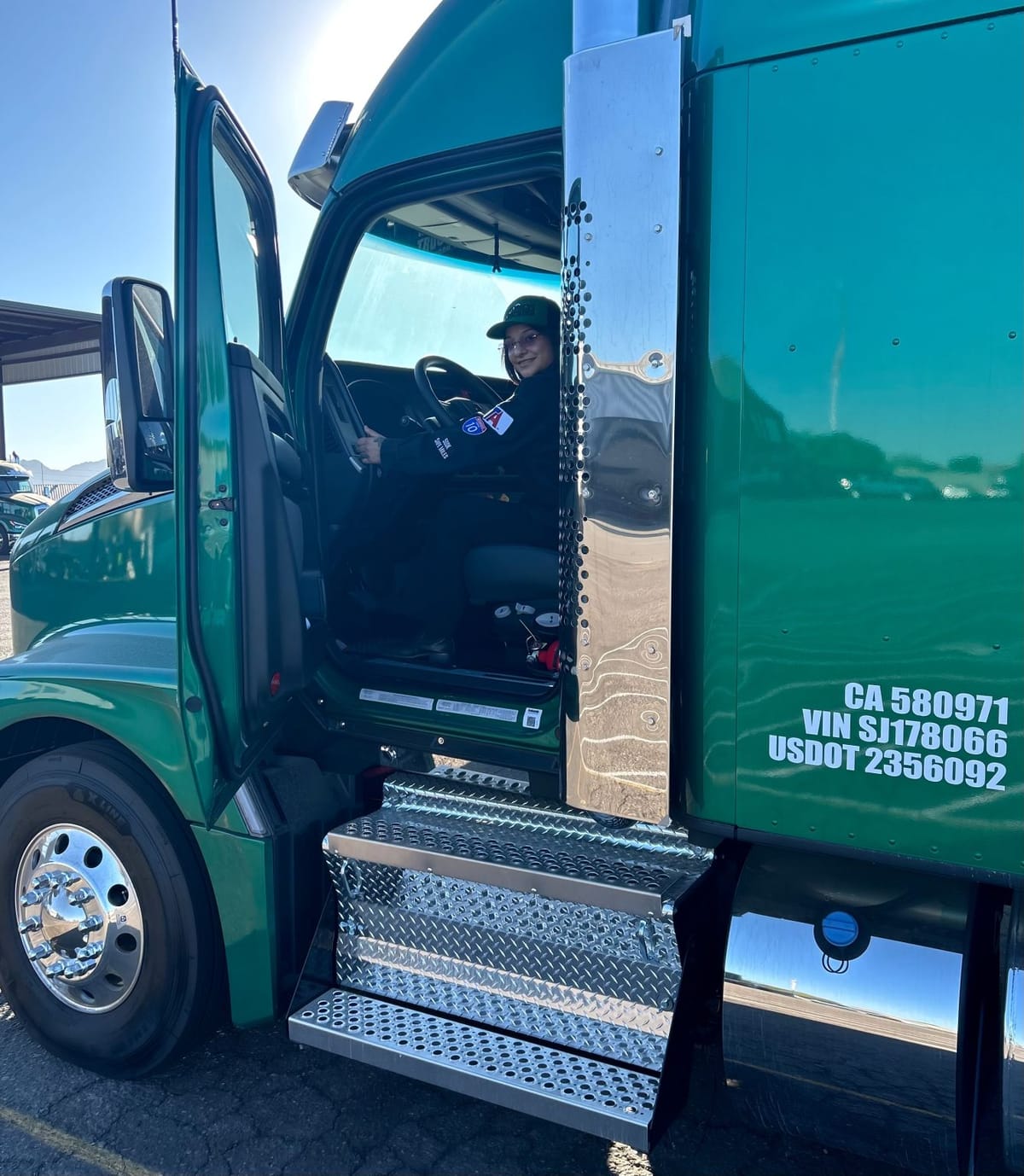Why psychological safety matters in trucking

By Bianca Prieto | Inside Lane
A version of this story first appeared in The Inside Lane newsletter. To get it in your inbox twice a week, sign up for free, here.
Truck drivers often face high-pressure environments with little support, leading to stress, safety risks and high turnover. Many hesitate to voice concerns—whether about health, home time or working conditions—fearing backlash or job loss. This lack of psychological safety creates a disconnect between drivers and leadership, impacting both morale and safety. By fostering open communication and trust, companies can improve retention, well-being, and operational efficiency. Safety consultant Sharleigh Zavaglia explores how trucking companies can bridge this gap, ensuring drivers feel valued, heard and supported—ultimately creating a safer, healthier, and more sustainable trucking industry.
What is psychological safety, and why does it matter for truck drivers?
Psychological safety means drivers feel comfortable speaking up—whether it’s about safety concerns, scheduling needs, or ideas for improvement—without fear of punishment. Unlike office staff, truck drivers work in unpredictable environments, often isolated from leadership. That disconnect can lead to anxiety, especially if a driver worries about backlash for requesting extra home time for medical needs or pulling over due to bad weather. When companies foster open communication and trust, drivers feel valued, turnover decreases and overall safety improves.
How can psychological safety make trucking a more attractive career?
When drivers trust that their voices matter, the job becomes more appealing. Trucking has a reputation for long hours, limited home time and tough working conditions. Many drivers struggle with health issues because they can’t get to regular checkups, and some even face pushback from dispatchers when requesting rest breaks. But when companies involve drivers in shaping safety and wellness programs, it shows they care. That sense of respect and support not only boosts morale but also keeps skilled drivers in the industry.
What can trucking leaders do to create a more open and supportive work environment?
It starts with better communication. Leaders should check in with drivers regularly—not just about loads, but about their needs and concerns. Hosting monthly virtual meetings where drivers can share feedback on the road is a great way to stay connected. But the key is follow-through—when drivers offer input, companies need to take action. Bringing in outside experts, like safety consultants or health professionals, can also help tailor programs to what drivers actually experience on the road. The more involved drivers feel, the stronger and safer the company becomes.
Thanks for reading the Inside Lane! You can reach the newsletter team at editor@theinsidelane.co. We enjoy hearing from you.
Interested in advertising? Email us at newslettersales@mvfglobal.com
The Inside Lane is curated and written by Shefali Kapadia and edited by Bianca Prieto.


Comments ()